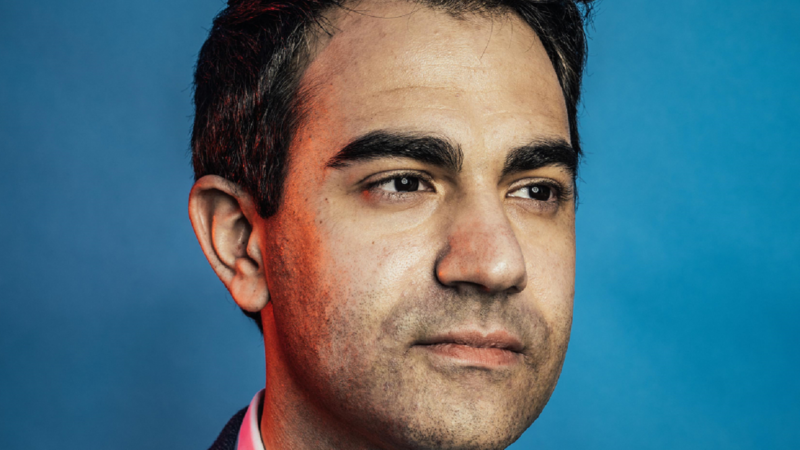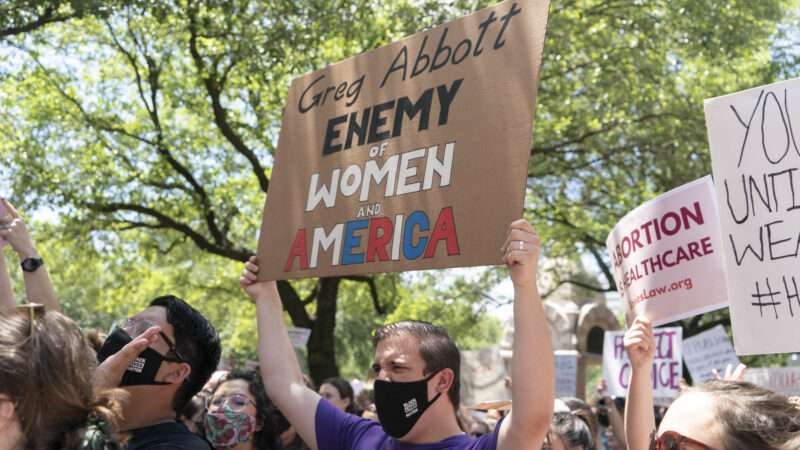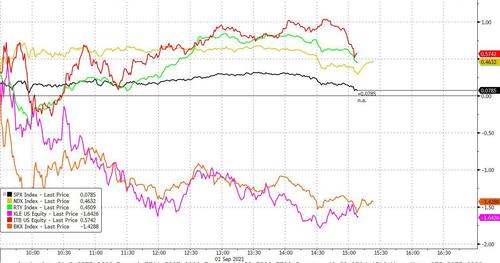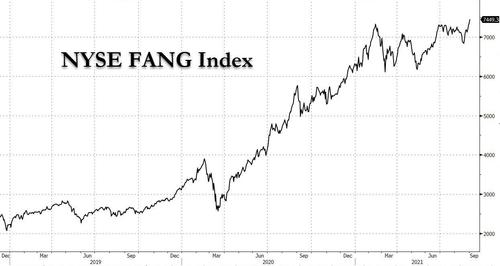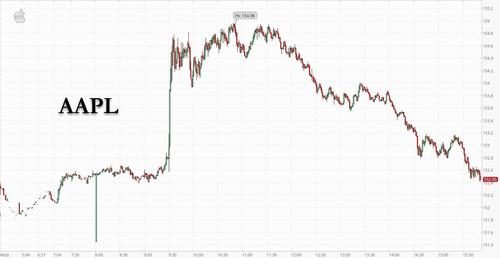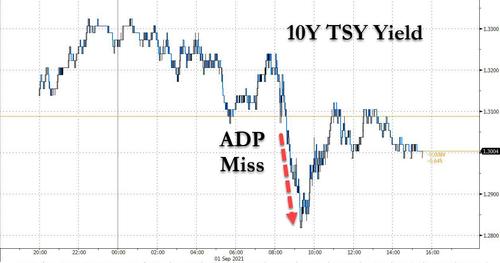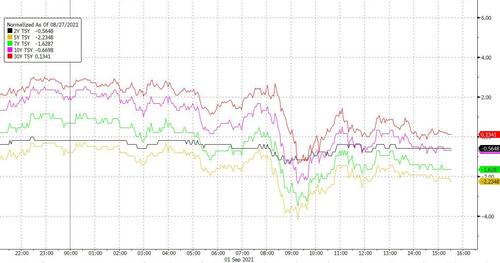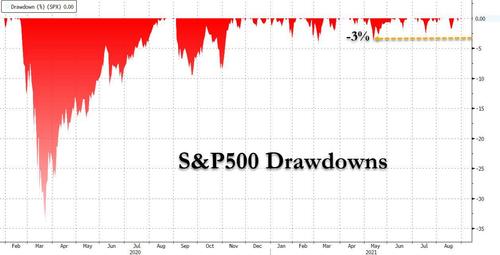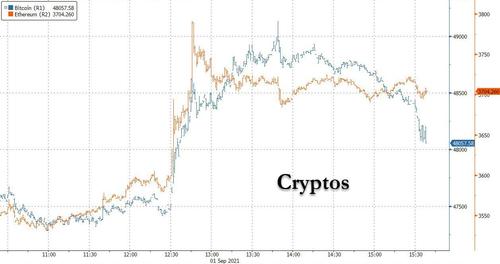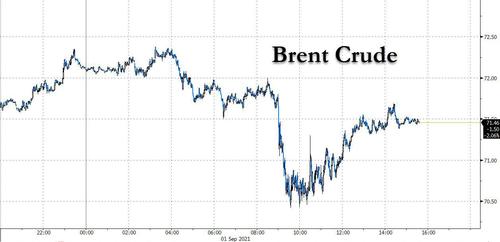Today’s decision in Blankenship v. Trump, by Judge John Copenhaver (S.D. W. Va.), deals with Donald Trump, Jr.’s Tweet that called Don Blankenship—who had been running in the Republican primary for a West Virginia Senate seat—a “felon.” (Blankenship alleges that the Trump team wanted their own preferred candidate to win the primary.) Blankenship had been convicted of a misdemeanor, but not a felony:
Following an explosion in a West Virginia mine on April 5, 2010, that resulted in the death of twenty-nine (29) miners, the United States government initiated an investigation into the cause of the explosion. While the plaintiff was not charged with the death of the miners or with causing the explosion, the government later charged the plaintiff with three felonies, including conspiracy to defraud the federal Mine Safety and Health Administration, and one misdemeanor for conspiracy to violate federal mine safety laws. On December 3, 2015, a federal jury found the plaintiff not guilty of the felony charges but convicted him of the misdemeanor offense. The plaintiff was sentenced to one year in prison, which the plaintiff served and from which he was released in the spring of 2017.
The court denied Donald Trump, Jr.’s motion to dismiss, concluding that erroneously calling a misdemeanant a felon was potentially defamatory:
On the question of falsity[, “][West Virginia libel law] overlooks minor inaccuracies and concentrates upon substantial truth. Minor inaccuracies do not amount to falsity so long as the substance, the gist, the sting, of the libelous charge be justified. A statement is not considered false unless it would have a different effect on the mind of the reader from that which the pleaded truth would have produced.[“] “[I]f something is ‘substantially’ true in overall effect, minor inaccuracies or falsities will not create falsity.” …
Although the exact difference between [a misdemeanor and a felony] may not be as clear to general society, the court agrees with the plaintiff that “society at large” might “view[] a ‘felon’ far differently than a person who has committed an offense resulting in a misdemeanor conviction.” Thus, at the motion-to-dismiss stage, the court concludes that the complaint plausibly alleges that Trump Jr.’s tweet labeling the plaintiff a felon was not a substantial truth or a minor inaccuracy….
And the court concluded that Blankenship had sufficiently plausibly alleged that Trump, Jr. was speaking with “actual malice,” which here means knowing that the statement was false or reckless about the possibility of falsehood:
“[P]artisanship, animus toward the subject of a libel, or other ‘malicious’ motives” are not conclusive evidence of “actual malice” on their own, but a jury may consider them in determining “whether a subjective realization that the statement was false or a subjective realization that the statement was being published recklessly, existed at the time the statement was published.” To show reckless disregard for truth or falsity, and therefore actual malice, “a plaintiff must prove that ‘the defendant in fact entertained serious doubts as to the truth of his publication.’ “To plead actual malice, therefore, [a plaintiff] must plausibly allege that [the defendant] [published] the [material] with a ‘high degree of awareness'” that it was “likely” false. Recklessness may be found where there are obvious reasons to doubt the veracity or accuracy of information.
[P]laintiff alleges facts in support of the inference that Trump, Jr. issued the tweet with knowledge of its falsity: (1) Trump, Jr. was involved in high-level discussions about the primary campaign in West Virginia, (2) he made the statements shortly after one such meeting, (3) the comments were made as part of a string of false comments by sophisticated party operatives, (4) the true facts were widely available on the internet and had been widely reported, and (5) he never retracted or corrected the false tweets, despite being informed of their falsity….
The plaintiff’s allegations are sufficient at this stage to create a “plausible inference” that Trump, Jr. published his tweet with knowledge of its falsity. In his quote tweet [which forms of the basis of this claim], Trump, Jr. concedes knowledge of the plaintiff’s criminal history and association with the mine explosion. The CNN news article linked in the quote tweet reports that the plaintiff “had just recently finished serving a yearlong sentence following a misdemeanor conviction for his involvement in the deadliest US mine explosion in four decades.” Based on this article that Trump, Jr. himself cites within his own quote tweet, there is a plausible inference that he had knowledge of the plaintiff’s conviction history in association with the mine explosion, and in particular that the conviction was a misdemeanor, not a felony.
Alternatively, the CNN article supports a plausible allegation of reckless disregard for the truth. Trump, Jr. alleges that he had a “reasonable assumption” that the plaintiff was a felon based on numerous news sources that mention the mine explosion and identify the plaintiff as a felon. Trump, Jr. would not have reason to doubt the accuracy of these sources on their own. However, he would have reason to entertain serious doubt about the falsity of his statement based on the CNN article, which unequivocally reports that the plaintiff’s conviction in connection with the mine explosion was for a misdemeanor….
from Latest – Reason.com https://ift.tt/2V6h51Q
via IFTTT

